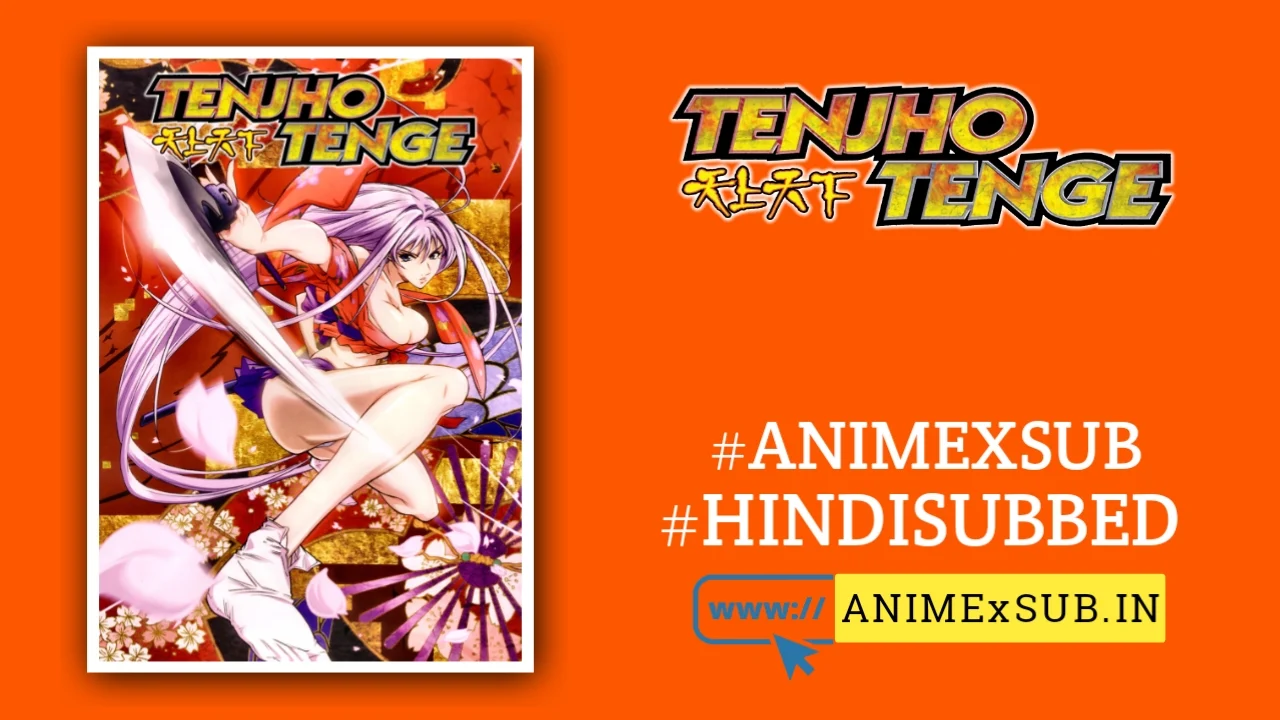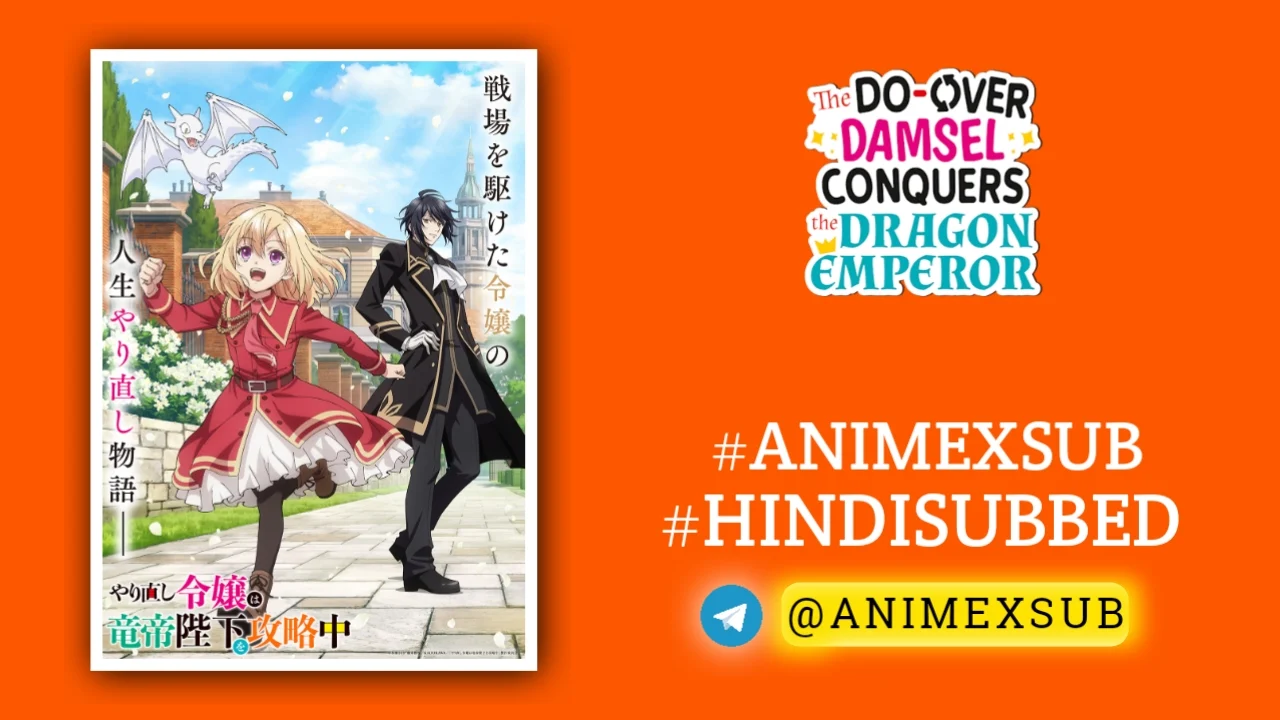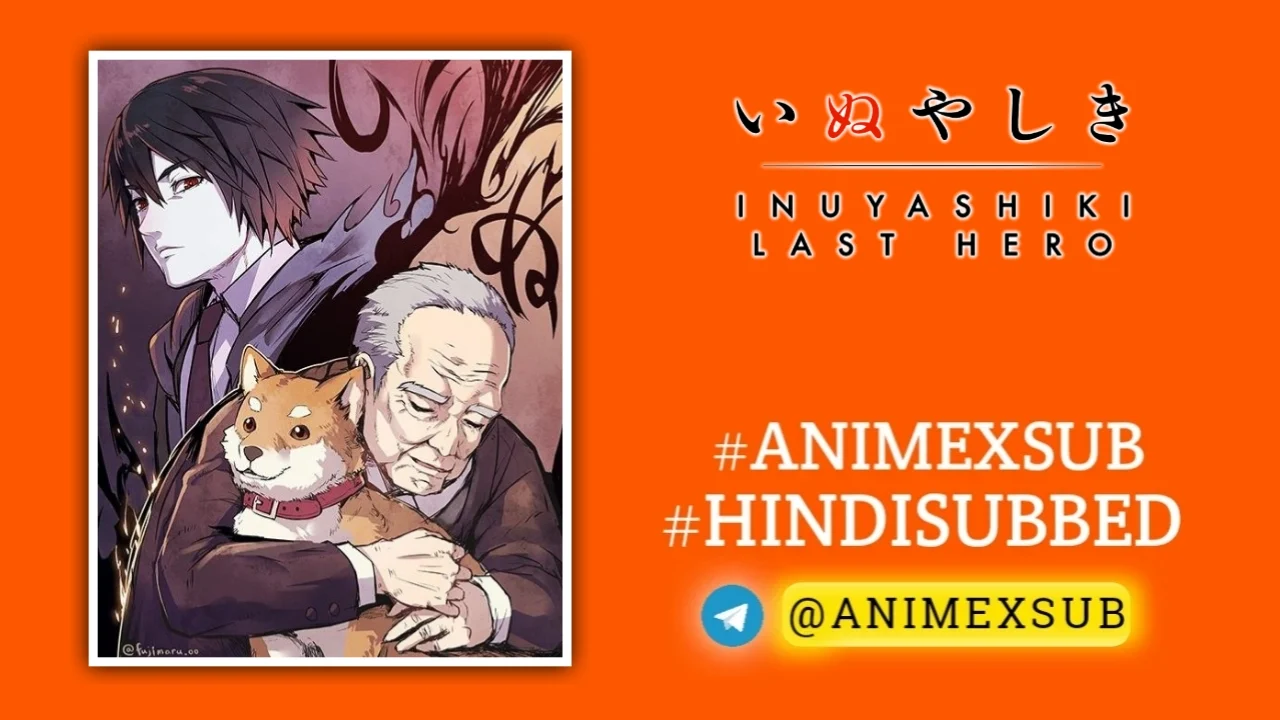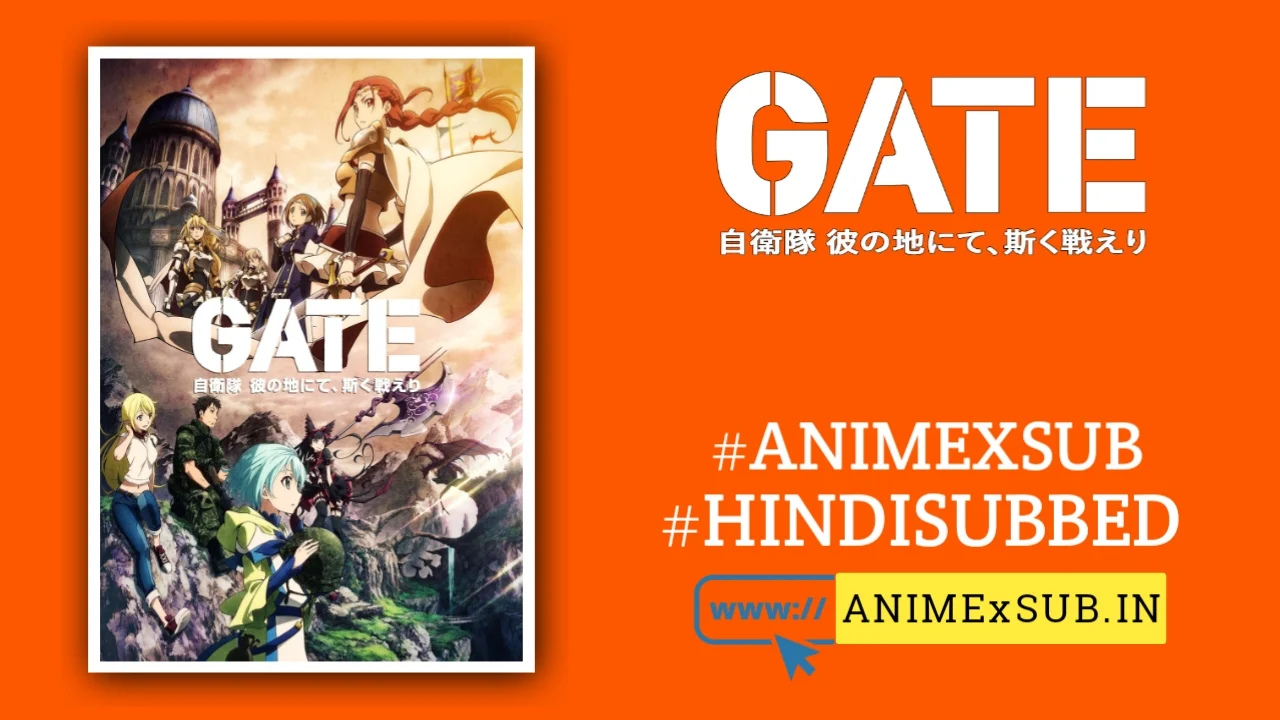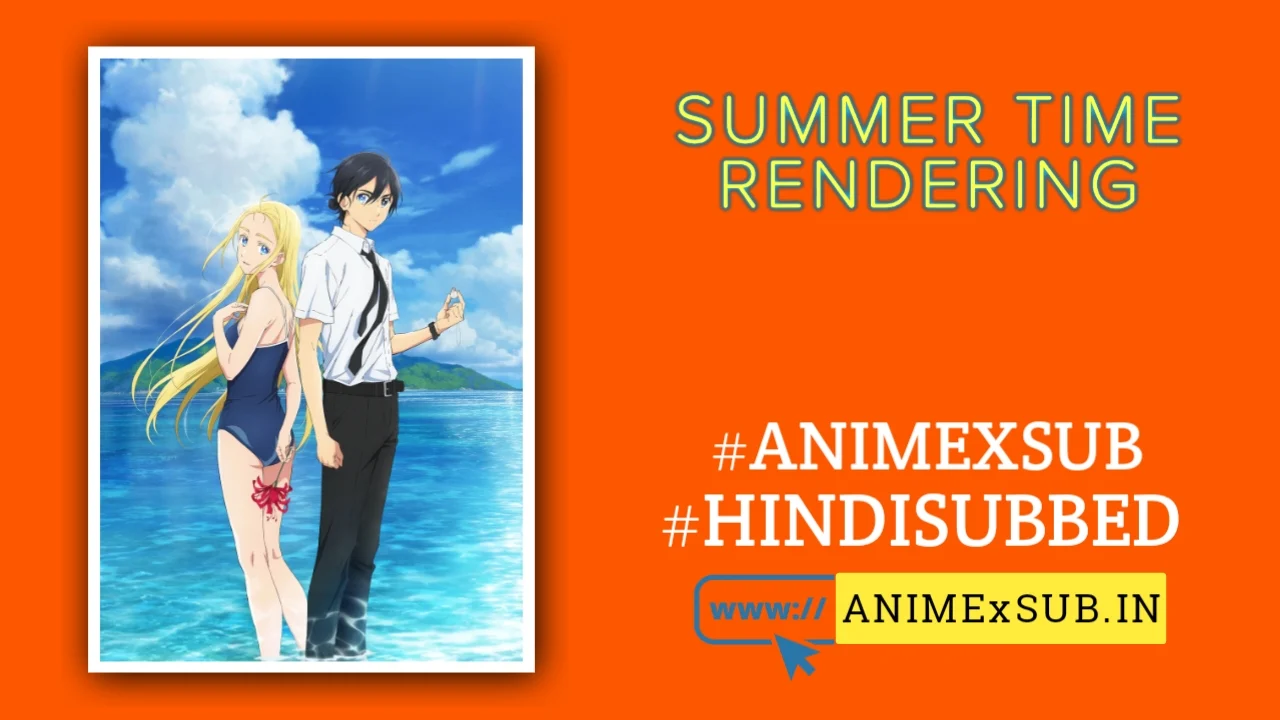
Summer Time Rendering Season 1 Hindi Subbed [25/25] | Summertime Render Hindi Sub

Summer Time Render
Summer Time RenderingSynopsis
A sci-fi, summer story filled with suspense set on a small island with Shinpei Aijiro, whose childhood friend Ushio Kofune died. He returns to his hometown for the first time in two years for the funeral. Sou Hishigata, his best friend, suspects something's off with Ushio's death, and that someone can die next. A sinister omen is heard as an entire family next door suddenly disappears the following day. Furthermore, Mio implicates a "shadow" three days before Ushio's death. (Source: Disney+)
Watch Trailer
Characters
Episodes
How To Download Tutorial
Unraveling the Eternal Summer: A Deep Dive into Summer Time Rendering Season 1
Summer Time Rendering Season 1 stands as a meticulously crafted tapestry of suspense, blending the languid heat of a rural Japanese island with the relentless churn of temporal loops and shadowy horrors. Adapted from Yasuki Tanaka’s manga serialized in Shōnen Jump+ from 2017 to 2021, this 25-episode series, directed by Ayumu Watanabe and animated by OLM, aired from April to September 2022. It follows Shinpei Ajiro, a young man returning to the isolated Hitogashima after two years in Tokyo, only to plunge into a nightmare where death resets like a glitch in reality. What elevates this beyond typical time-loop narratives is its fusion of folklore-inspired mythology, psychological depth, and a narrative structure that weaponizes repetition to build dread, making it a standout in anime’s thriller genre.
The Intricate Web of Plot and Time Loops
At its core, the story orbits Shinpei’s grief over Ushio Kofune, his childhood friend who drowns in a heroic rescue attempt. Arriving for her funeral, Shinpei notices anomalies: a strange right eye on Ushio’s corpse that blinks at him, whispers of an ancient island curse, and a festival shadowed by impending doom. The first episode catapults viewers into chaos with graphic murders, revealing “shadows”—malevolent entities that mimic humans by “rendering” them through photographs, stealing their forms and memories.
The time-loop mechanic activates when Shinpei dies during the festival massacre, resetting him to the ferry arrival with fragmented memories intact. Unlike passive loops in shows like Re:Zero, here the resets span 22 years per cycle, triggered by a petrified corpse in a cave, and shadows evolve too—they retain knowledge across loops, turning the conflict into a deadly game of adaptation. This asymmetry forces Shinpei to improvise alliances, decode the island’s history tied to a 16th-century shipwreck and a guardian deity named Tokoyo, and confront Haine, the immortal shadow queen whose fractured psyche drives the horror.
The plot unfolds in escalating phases: initial mystery and investigation (episodes 1-5), alliance-building amid betrayals (6-12), revelations of shadow biology and island lore (13-18), and a climactic convergence in the eternal realm of Tokoyo (19-25). Unique to this series is the “rendering” concept—shadows aren’t mere copies but emergent AIs born from photos, raising questions about identity and replication that echo real-world AI ethics in a supernatural guise. The finale ties loose ends without sequel bait, delivering emotional catharsis through Shinpei’s growth from reactive survivor to proactive guardian, subverting the genre’s fatigue by emphasizing consequence over endless resets.
Thematic Depths: Identity, Memory, and the Hauntings of Home
Beyond its pulse-pounding pace, Summer Time Rendering probes profound themes with subtlety. Central is the fluidity of identity: shadows blur the line between original and duplicate, mirroring Shinpei’s internal struggle with his orphaned past and surrogate family ties to the Kofunes. Ushio’s dual nature—one human, one shadow—symbolizes fragmented selfhood, exploring how trauma reshapes us across “loops” of life. Memory emerges as both weapon and salve; Shinpei’s retained knowledge contrasts with the islanders’ amnesia, critiquing how forgotten histories perpetuate cycles of violence, much like generational trauma in isolated communities.
The series weaves Japanese folklore—drawing from yokai lore and the real-life Tomogashima island—with sci-fi elements, portraying shadows as a parasitic evolution born from human hubris. Themes of isolation amplify the dread: Hitogashima’s seclusion fosters paranoia, evoking Shiki or Higurashi but with a modern twist on digital permanence (photos as soul-capturers). Environmentally, the summer setting isn’t mere backdrop; the oppressive heat and cicada choruses underscore entropy, where idyllic nostalgia curdles into terror, commenting on how paradise hides rot.
A lesser-discussed layer is gender dynamics: Female characters like Mio, Hizuru, and the shadows challenge damsel tropes, wielding agency in loops—Hizuru’s 80-year vigil against Haine redefines resilience. Yet, the narrative critiques immortality’s curse, with Haine’s childlike rage born from endless loss, humanizing the monster in a way that Attack on Titan echoes but rarely matches in intimacy.
Character Arcs: From Tropes to Tragedy
Shinpei starts as a reluctant hero, his Tokyo cynicism cracking under grief, evolving through loops into a strategic leader whose moral compass anchors the chaos. Voiced by Natsuki Hanae (Japanese) and Stephen Fu (English dub), his arc peaks in raw vulnerability, especially confronting Ushio’s shadow counterpart, blending romance with existential doubt.
Ushio Kofune, the emotional core, transcends the “deceased love interest” by splitting into human innocence and shadow ferocity—her right eye, a loop marker, symbolizes unyielding connection. Supporting cast shines: Sou Hishigata’s forensic savvy grounds the supernatural in logic; Hizuru Minakata’s tragic backstory adds historical weight; and Hiruko, the antagonist shadow, evolves from comic relief to heartbreaking villain, her motivations rooted in maternal loss rather than cartoonish evil.
Critics note some reliance on tropes—fanservice glimpses early on feel obligatory—but the ensemble’s growth, forged in repeated deaths, forges authenticity. Emotional beats land hard: a mid-series gut-punch revelation about family ties rivals Your Lie in April‘s heartbreak, while bonds formed across timelines highlight chosen family’s power.
Production Excellence: Animation, Sound, and Pacing
OLM’s animation elevates the mundane to menacing: sun-drenched beaches contrast with fluid, grotesque shadow transformations—Moebius-inspired designs twist bodies into impossible forms during fights. Action sequences, like gunfights in looping festivals, use dynamic camera work and particle effects for visceral impact, peaking in the Tokoyo realm’s otherworldly vistas. While not Demon Slayer-level flash, the restraint amplifies tension, saving spectacle for revelations.
The soundtrack, composed by Yoshiki Sakurai, masterfully layers ambient waves and eerie synths with explosive percussion during loops, evoking Erased‘s urgency. Openings—”Hikaru no Ato” by YOASOBI and “Natsuyume Noisy” by Asaka—capture summery melancholy, while endings underscore loss. Pacing is relentless yet balanced: early episodes build suspense slowly, accelerating into a binge-worthy frenzy, avoiding filler in its complete adaptation.
English dub merits praise—Kaiji Tang’s Hiruko steals scenes with manic energy—though subbed viewing preserves nuance in dialect-heavy rural speech.
Critical Reflections: Strengths, Flaws, and Lasting Impact
Season 1 earns its 8.2 IMDb and high Rotten Tomatoes praise as a “masterful blend of action, horror, and sci-fi,” 0 outshining peers with smart plotting that keeps viewers guessing. 11 Its novelty lies in loop consequences—deaths carry weight, shadows adapt, creating a cat-and-mouse escalation unseen in most time-travel tales. 6 Drawbacks include occasional plot conveniences (shadow powers emerging abruptly) and minor fanservice that jars the tone, 1 but these pale against its emotional precision and thematic richness.
In a crowded field, Summer Time Rendering redefines the thriller by making time not just a mechanic, but a mirror to human fragility. Three years post-airing, it remains a hidden gem for mystery aficionados, proving that even in eternal summer, shadows lengthen—and some stories reset the genre itself.

















